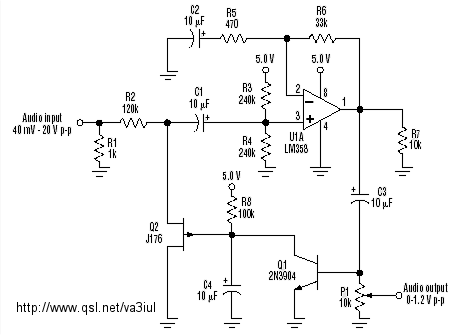Hi,
I have to use TPA3116D2 with a 100V audio transformer, in a costant voltage speaker system(en.wikipedia.org/.../Constant-voltage_speaker_system).
To drive the transformer, I have to add an RC circuit for DC attenuation to avoid the TPA3116D2 short circuit protection near max power usage.
This RC circuit is problematic because it is a high power RC circuits(large component), and filter the amplifier input signal not solve(for THD reason i think).
There's another solution for this class D amplifier?
Regards,
Alberto



